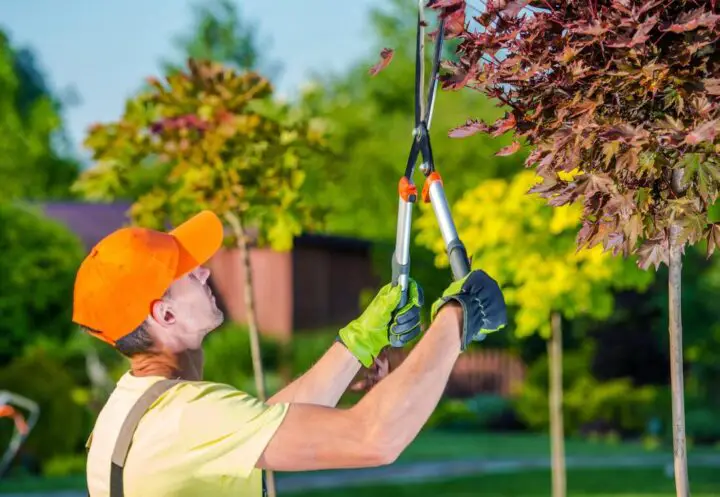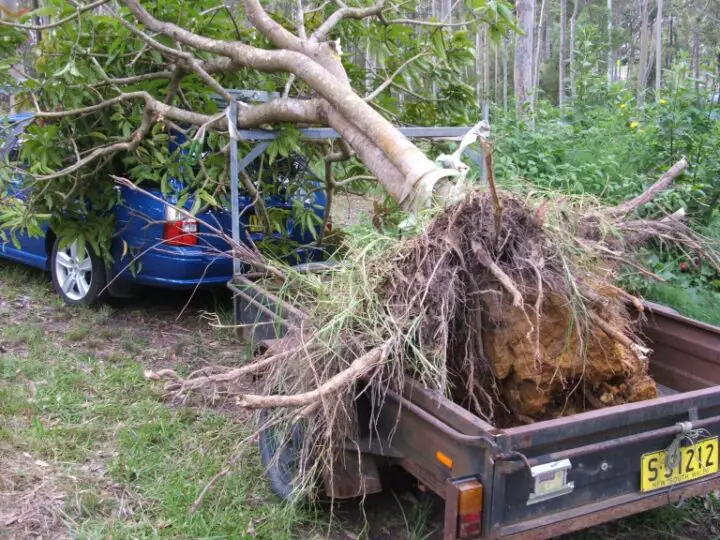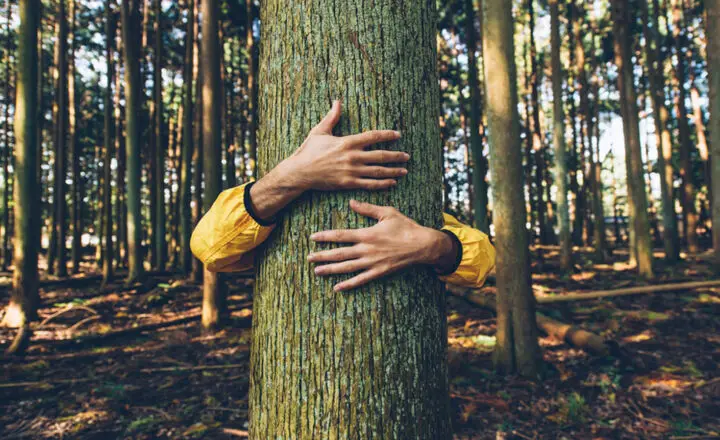5 Tree Care and Maintenance Tips for New Homeowners – 2024 Guide

If you have recently bought a house of your own and moved from the apartment you’ve spent most of your life living, you are probably searching for tips and tricks on what to do 20with your yard. First of all, it is important to know that the first impression of your house depends on your yard. Trees are the thing that makes this first impression magnificent. They will make your home more cozy, private and you will love spending time in it.
When choosing a tree to plant, do not make a mistake and not check what height and width the tree can reach with its growth, so you don’t get into a situation where you have to get rid of your beautiful tree in ten years because it bothers you and neighbors. If your home already has trees, learning how to take good care of them is important.
Read through the rest of the article to find out more about the most important tree care and maintenance tips for the new homeowners.
1. Trimming

Maintaining trees, shrubs and climbers involves trimming that needs to be performed throughout their lives. During the first years of a tree’s life, the trimming serves to encourage development and shaping, and later it should ensure that the growth does not violate the formation of the fruit if we’re talking about a fruit tree (or an orchard). With trimming we improve the quality and size of leaves and stems, we affect the appearance and health of the tree. And the final goal is to have a stable and solid tree.
Trimming is supposed to be done twice a year. Winter trimming is done during the dormancy of vegetation. We can do it from autumn to spring until the buds start. In practice, it is most often done in early spring after the severe winter colds have passed.
Summer trimming is done during the growing season. The effects of winter trimming are corrected. The illumination of the canopy is improved to ensure the quality of flowers and fruits and the germination of fruiting buds for the next vegetation. It is mandatory for some breeding forms if you have an orchard.
2. Relocating the tree

Sometimes a tree planted in the yard after a few years bothers us so we decide to remove it. But have you ever thought that a tree can be transplanted? And there are even professionals like Bark & Branch who can offer their help and ensure a successful transplant.
The larger and older the tree, the harder it is to transplant, and the less likely it is to be readmitted after transplanting. In fact, the conditions for transplanting trees are determined not only by the age of the tree but also by the species, on which the height and lushness depend. If the tree bothers, it is best to transplant it as soon as possible, because the young tree tolerates cuts on the root and canopy more easily, takes root better, regenerates faster, and develops a new canopy. It would be ideal to transplant the tree by the seventh or eighth year of life, but there are species that can be transplanted even at the age of 15 years.
Transplanting older trees can be done in the fall, winter, and spring. When it will be transplanted depends primarily on the weather or climate conditions and the capabilities of each individual. The best results of transplanting are achieved in winter because the vitality of the tree is not disturbed due to physiological dormancy. Also, the root regenerates faster and the vegetation is better in the spring. In winter, in addition, the soil is better kept around the roots and this allows transplanting with a larger sod.
3. Use eco-friendly solutions to protect your trees

Ecological protection of your trees against pests encourages the relationship between natural enemies in the natural environment and the population of harmful organisms is decreased. It is smart to set up stakes for bird predators and birdhouses to encourage the settlement of both useful species that will eventually start eating the parasites on the trees. So, the birds will do most of the work for you. Another advice is to plant wild flowering plants is near the trees. Various mechanical methods can also be used to destroy pests, e.g. adhesive tapes around the trunk and colored adhesive boards. Damage caused by game, wet snow, and cold can appear on the trunks in early spring. The branches should be trimmed smoothly after damage. After that, open wounds remain on the plant, which is ideal for the penetration of various diseases. They must be coated with a quality and natural vaccine resin.
4. Prepare for the winter and spring frost
Most damage to trees is caused by spring frosts, which damages or destroys flowers, buds, or young fruits overnight, while, for example, severe winter frosts can cause the bark to crack and the blossom to die. If frost is predicted, young trees should be protected from the cold with cobweb foil, jute, or layers of newsprint. This will completely cover the trees and allow them to retain warm air.
5. Feeding the trees

The first early spring feeding is very important for the trees. They adopt the necessary elements for their most intensive spring growth. It may seem to us that the vegetation has not started yet due to the cold days, but the plant is preparing food at the root.
Don’t think twice about planting trees in your yard. After all, it is scientifically proven that the time spends among trees and greenery lowers stress levels and keeps your blood pressure on a normal scale. This can certainly be supported by the feeling of height the trees give you. Scape and canopy can make the smallest garden grandiose. The treetops will attract birds to your garden, and bring a small oasis of natural harmony to the door of your home.

